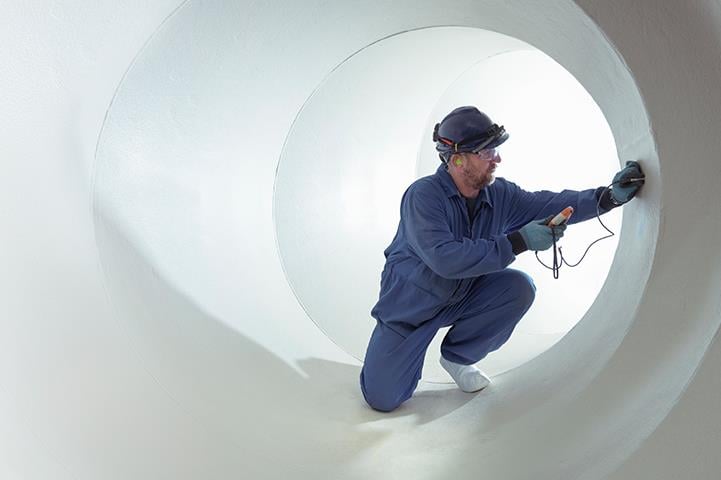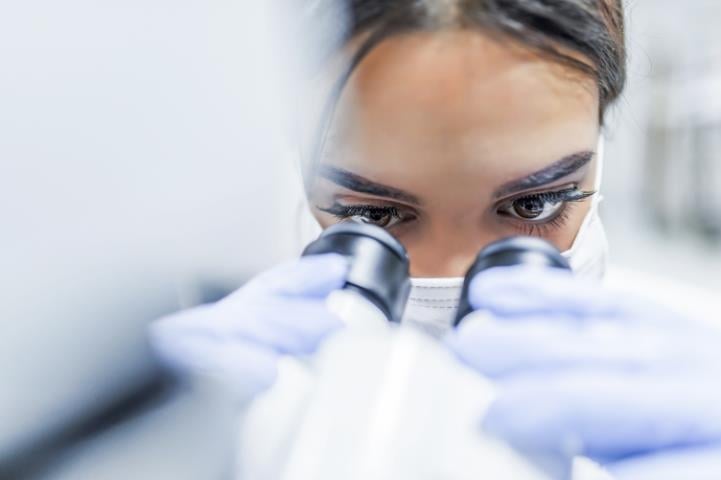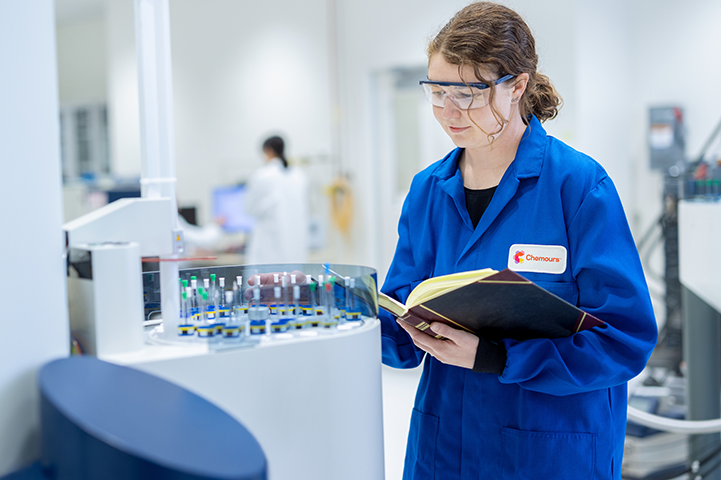A World-class product portfolio
Bringing everyday convenience to virtually everything people touch.
Brands and Products
THROUGH ITS TITANIUM TECHNOLOGIES, THERMAL & SPECIALIZED SOLUTIONS, AND ADVANCED PERFORMANCE MATERIALS BUSINESSES, THE CHEMOURS COMPANY CREATES A BETTER WORLD THROUGH THE POWER OF ITS CHEMISTRY.
Find a Specific Product
Use the filters below to browse our products.
Chemours Distributor Finder
Use your location or enter a postal code to find a distributor for some of our products.













